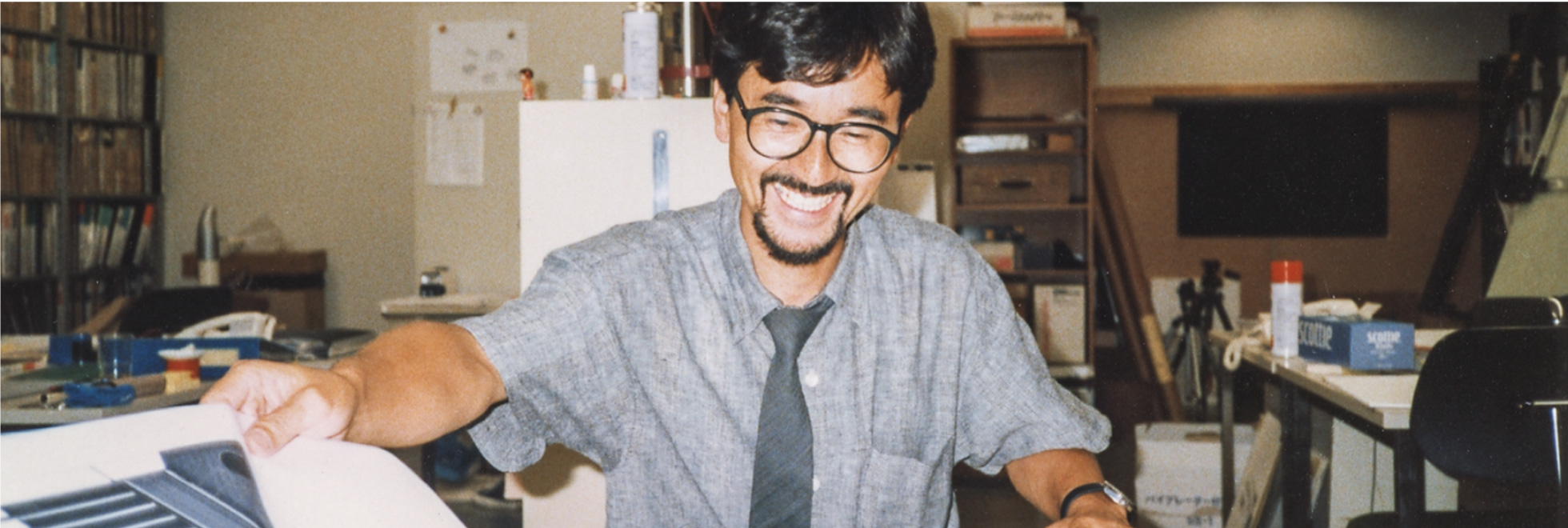“I really envy you, Yoshida-san. I mean, you’re surrounded by people who really think design is important.”
I heard these words from someone in the same business. When shown something with a well-designed form, people get a twinkle in their eye and enthusiastically express what they think of it, whether they’re in management, engineering, sales, or even a customer. All this time, I have indeed been able to work within that kind of culture and environment.
Having meticulously worked with outboards for so long, design has really become a “lubricant” to me. As a supplementary piece of equipment on a boat, an outboard motor doesn’t exert its full value on its own. And most important of all is its reliability. Reliability is the key word that connects the flow between the manufacturer and the market (customers), and I have always believed that design is responsible for making that connection a pleasant and rewarding one. That’s why I’ve always valued teamwork when working to get a job done right.
It was in 1980 that I was put in charge of outboard motor design. When I hesitatingly asked the engineers if I could begin by first going out on a test ride, they replied that it was the first time a designer had ever asked them to go out on a ride, and they were more than happy to make the arrangements. In the daily process of getting to know and understand each other, building trust, and working and sweating together to produce results, creating designs primarily focused on the pursuit of reliability gradually brought me much joy.
The design offices at Sanshin Industries were behind the product testing building back when it was handling Yamaha’s outboard development and manufacturing. Chikara Yasukawa, an executive at the time and future president of the company, would often come to visit us and look over our shoulders as we scraped away at the clay models, giving us words of encouragement, recommendations and firing off declarations. You would often hear people in the company talk about the “Sanshin Spirit,” and the engineers had pride in their abilities, saying “we won’t be bested by [the motorcycle engine designers in] Iwata!” Inspired by that spirit, we designers also carried a hidden sense of rivalry when we’d see well-designed Yamaha motorcycles and swore that we wouldn’t be outdone by GK’s Tokyo branch either. I think it was that kind of rebellious spirit that helped drive Yamaha’s rise from the fourth largest outboard brand in the world at the time to the No. 1 spot.
I now lecture at universities and tell students aspiring to be designers that, “Y’know, there are few jobs as fascinating as this.” Design is actually—more than many of the people involved in it realize—a high-end job that is close to top management. I think that’s especially true at a company like Yamaha where there are so many people who highly value design.



